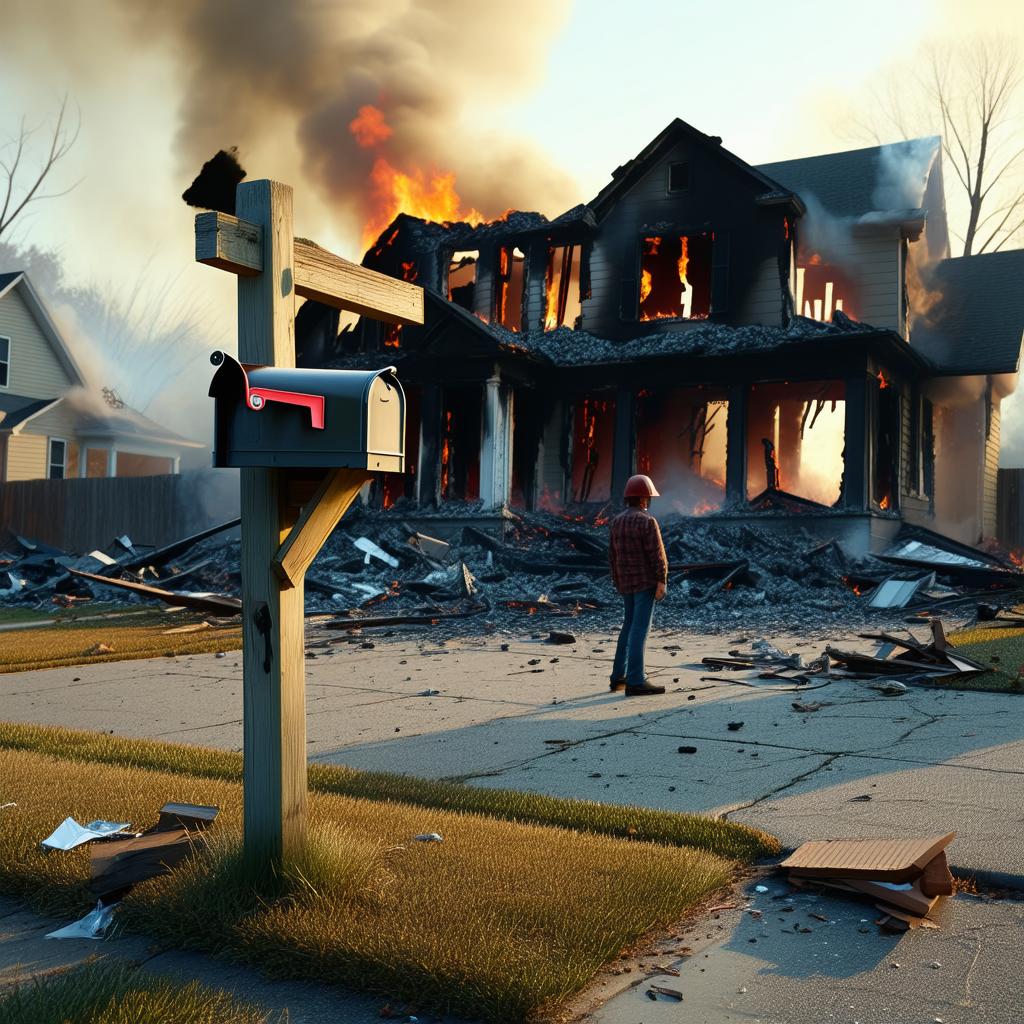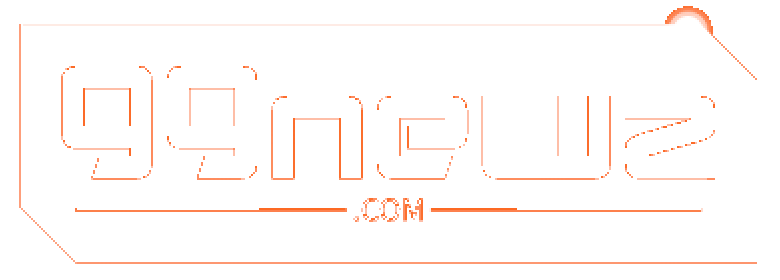
Losing your home to a wildfire, flood, or hurricane is devastating. But here’s the tough truth: even if your house is gone, your mortgage isn’t. If you’re in a federally declared disaster zone, you’ll still owe the bank for your loan, even if your home is uninhabitable or completely destroyed.
The good news? There are relief programs that can help ease the burden. Many mortgage servicers offer forbearance, which can pause or reduce your payments for up to a year or more, depending on your situation.
Here’s how it works: Start by calling your mortgage servicer (the company listed on your statement). They’ll explain your options, which often include forbearance. The type of relief you qualify for depends on who backs your loan—whether it’s a government agency like Fannie Mae or Freddie Mac or a private bank.
Even if you were behind on payments before the disaster, you might still qualify for help. For example, Fannie Mae encourages servicers to offer relief to borrowers facing financial hardship, regardless of their prior payment history.
During forbearance, you won’t face late fees or foreclosure. And when the forbearance period ends, you won’t necessarily have to pay everything back at once. Many servicers allow you to spread out the missed payments over time or adjust your loan terms to make payments more manageable.
If you’re struggling to navigate the process, free help is available. Organizations like Operation HOPE work with FEMA and the Red Cross to assist disaster survivors. They can help you negotiate with your mortgage servicer, fill out paperwork, and even deal with insurance claims.
The bottom line? Don’t wait to reach out for help. Whether it’s through your servicer, a housing counselor, or a disaster relief organization, there are resources to help you get back on your feet.
